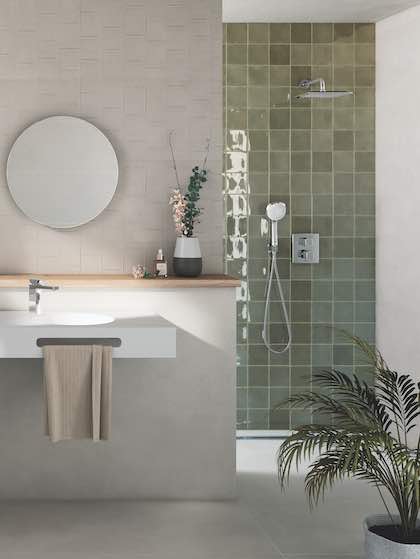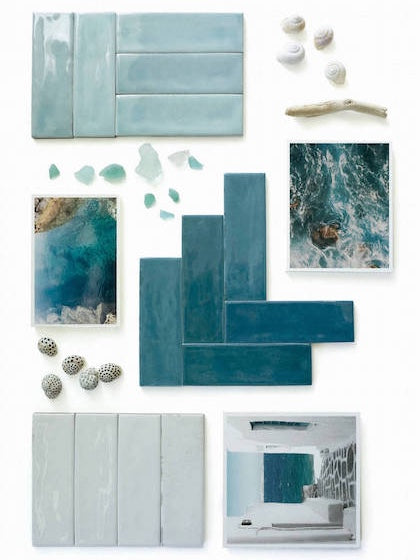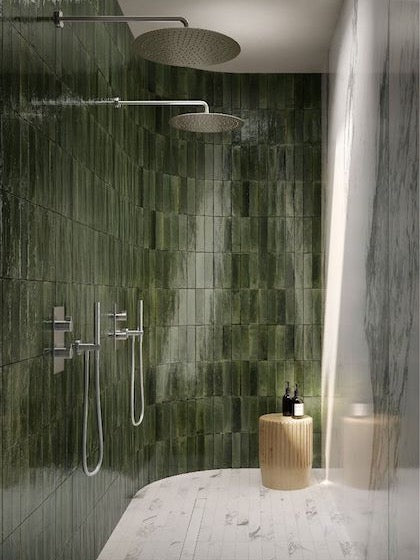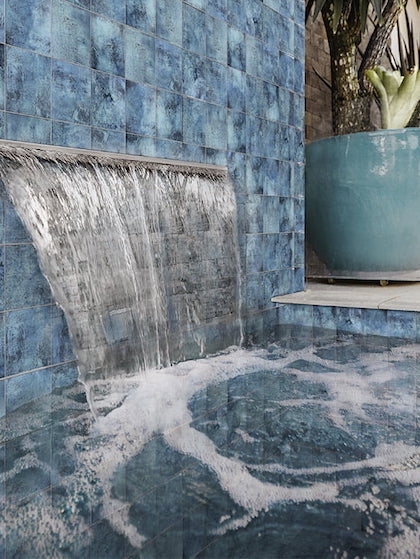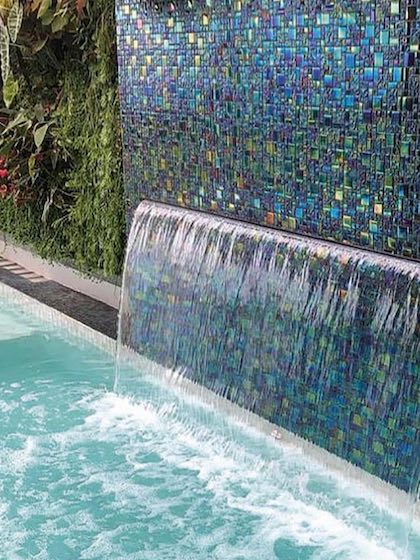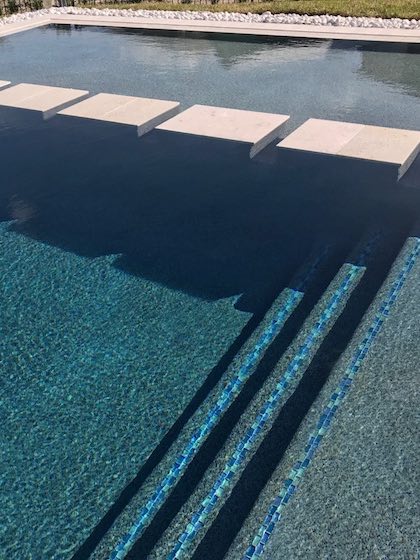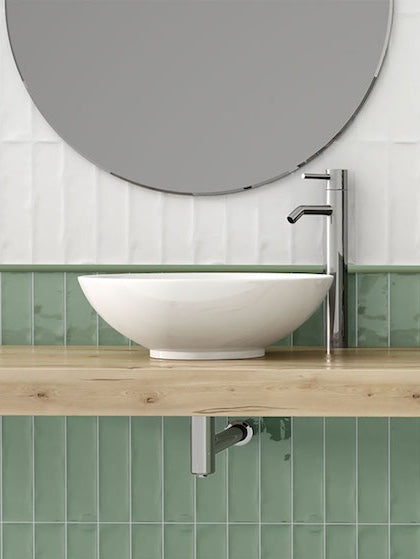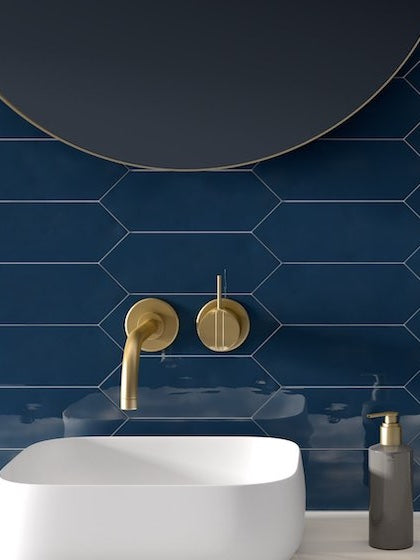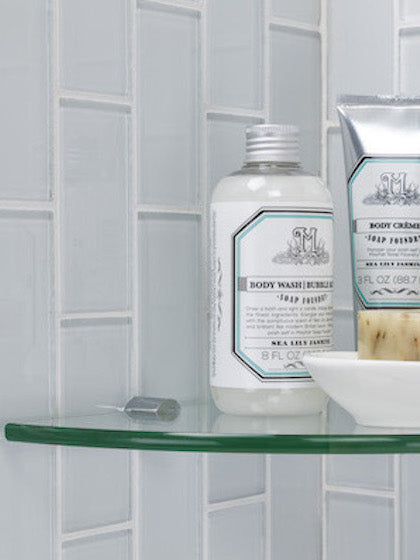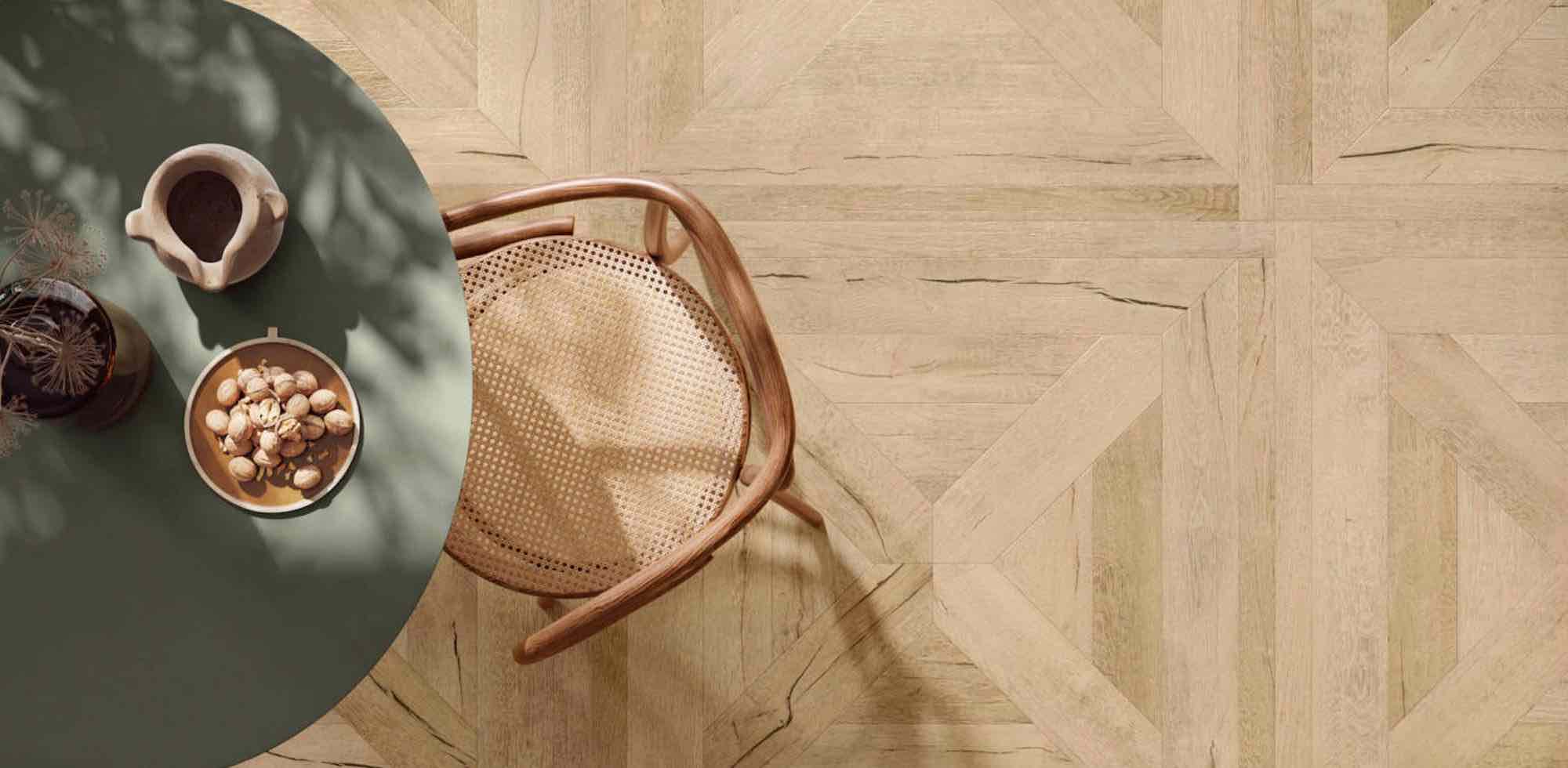Before Installing
The following recommendations comply with the 2006 TCNA (Tile Council of North America) Handbook Guidelines.
Well-cured mortar beds-ANSI A108.1B (cured a minimum of seven days). Cementitious backer units (CBU)-ANSI A118.9 (Note: An ANSI A108A-2.1.8 membrane is required behind all CBU installations in wet areas. Concrete slabs (on grade) cured for 28 days minimum. Gypsum board (dry areas only) ASTM C1396 or ASTM C1396M-04.
Directly bonding glass tiles to wood substrates is not recommended. All surfaces to receive tile shall be clean, and free of dust, oil, grease, paint, adhesive residue, form release agent or any other substance. Those may prevent or reduce adhesion. Glass tile high expansion and contraction requires the installation of movement joints.
Use a high-grade, flexible mortar system (latex or polymer modified) as a setting material for mosaic glass tiles. For grout, a premium polymer-modified unsanded grout for joints from 1/16" (1.5mm) to 1/8" (3mm) wide. For grout lines larger than 1/8" (3mm) wide use sanded grout.
Mastic, a common material used for installation of ceramic tiles, should not be used for clear glass tiles, as it may change the color of it.
1) Mix setting materials according to manufacturers' instructions.
2) Apply setting materials to the substrate using the notched side of a 3/16" x 5/32" x 3/16" V-notched trowel (image 1).
3) Using the flat side of the trowel, smooth out all ridges to achieve a consistent, even 1/8" thick coverage.
4) Apply glass mosaics sheets, mesh-side down, firmly into the freshly troweled setting material (image 2).
5) Using a rubber float or equivalent tool, gently press the tile into the adhesive to ensure complete contact. Do not push the sheets too deeply into the setting materials, as to cause the setting materials to ooze up between the tiles' spaces. We recommend leaving at least 2/3 of the tile depth available for grouting (image 3).
6) Adjust tile sheets for correct alignment and even spacing between sheets. Do not allow setting material to dry or skin over before completing this process (image 4).
7) Clean all excess setting materials with a damp sponge. Wipe away any haze that may have remained behind.
8) After 24 hours, mix grout, following manufacturer's instructions.
9) Grout openings between tiles and sheets (image 5).
10) Clean all excess grout immediately with a damp sponge (image 6).
11) Use a dry cloth or towel to polish off any remaining haze.
12) After grouting, protect the area from light foot traffic and light water exposure for at least 72 hours. Protect the area from heavy traffic and regular use for at least seven days.
Cutting
Hand Cutting
The easiest, fastest way to cut glass tiles is with a simple glass-scoring tool and running pliers. Score the glass lightly on the front along the desired cut line. Hold the tile between jaws with score lined up with the center mark on top of the running pliers. Tighten the adjustment screw until it stops, and then back turn ¼ rotation. Gradually increase the pressure on the glass tile until the score runs. Softly squeezing will give you more control over the way the tile will break.
Hand cutting glass works well for tiles no more than 1/4".
Saw Cutting
Glass Tiles may also be cut with a wet saw. If using a wet saw, be sure to use a diamond blade. A diamond blade specifically used for cutting glass has smaller diamond than those used for ceramic tiles. Never use a ceramic blade to cut glass. Ceramic blades tend to be coarser and will chip the glass. It is very important when cutting glass to use adequate amounts of water to cool the blade and to cut slowly.
When cutting glass on a wet band saw, cut tile face down to prevent the face of the tile from chipping. A light piece of cardboard on the saw's cutting table will protect the surface of the glass from scratches during the cutting process. If necessary, finish edges of the glass with a glass grinder or scythe stone.
Maintenance and Care
Glass tiles can be routinely cleaned with any non-abrasive cleaning compound or formula that is recommended for both glass and tile. Follow manufacturer's instructions when using these products.
Notes from MineralTiles.com
During back buttering, it is not uncommon for thin-set to push through the mesh, which may partially fill the grout joints and rise above the surface of the tile once the sheet is applied to the wall. For this reason, professional installers often prefer "setting in color", or using the same installation material as both mortar and grout. Check with the manufacturer of the thin-set you choose in order to verify its suitability for setting in color. If you choose not to set in color, you can remove excess thin-set from the joints as described below:
GROUT CLEAN UP
Wipe excess grout off, first with a dry cloth, such as cheesecloth or any other lint-free cloth to remove excess grout on the tile surface. Follow up with a sponge and warm water. The less water you use, the better, as too much water can weaken the grout before it sets. Once the tile looks clean, go back over it with fresh water and a damp sponge to reduce surface film. Allow tile surfaces to dry for 15 minutes, and then buff with a soft cloth until shiny. If you wait longer to clean and buff the tile, the resulting grout haze will become difficult to remove.
TIMING/WORKFLOW
Within 15-20 minutes of applying each section of your area, examine and straighten any joints that are not aligned. Stepping back from the installation will help you to get a better perspective. These straightening and aligning steps MUST be done while the thin-set is still pliable. Do not wait until all of the sheets are installed to begin straightening the joints or the thin-set will be too dry to allow any realigning.

